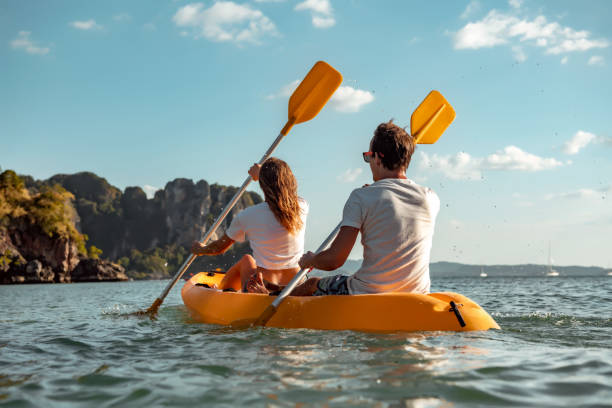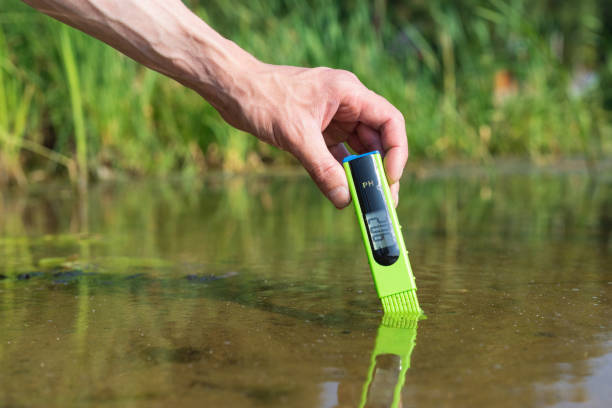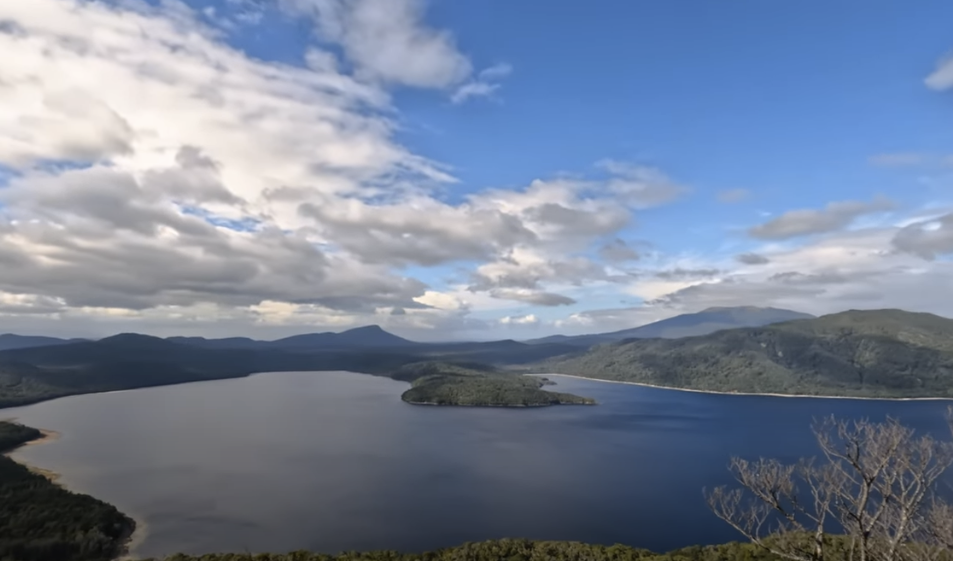New Zealand, a land known for its majestic landscapes and natural wonders, is home to some of the most spectacular lakes in the world. Among these, one lake stands out for its profound depth and captivating beauty. If you’ve ever wondered, “What is the deepest lake in NZ?” or “What’s the deepest lake in NZ?”, you’re in for a treat as we explore the enchanting Lake Hauroko.
What is the Deepest Lake in NZ?
Lake Hauroko, situated in the remote Fiordland National Park on New Zealand’s South Island, holds the prestigious title of being the deepest lake in the country. Its maximum depth of approximately 462 meters not only surpasses other lakes in depth but also contributes to its mystique and untouched natural beauty.
Geographical and Geological Insights
Lake Hauroko occupies a glacial valley, a product of the last Ice Age’s powerful glaciation processes. This glacial history explains its remarkable depth and rugged surroundings, typical of New Zealand’s dramatic topography. Here are key geographical details about Lake Hauroko:
| Attribute | Details |
| Location | Fiordland National Park, South Island, New Zealand |
| Maximum Depth | Approximately 462 meters |
| Surface Area | 63 square kilometers |
| Elevation | 150 meters above sea level |
The lake is primarily fed by numerous small streams, with the Hauroko River serving as its sole outlet, eventually merging into the Southern Ocean.
Ecological Significance
The ecological environment surrounding Lake Hauroko is rich and diverse, mirroring the lake’s deep and complex nature. The dense forests that encircle the lake harbor a wide array of native flora and fauna, many of which are endemic to New Zealand. The area’s isolation has safeguarded its natural beauty and ecological integrity, establishing it as a crucial habitat for wildlife conservation efforts.
- Flora: Native forests include species like rimu, matai, and beech trees, contributing to the biodiversity and ecosystem stability.
- Fauna: Endangered species such as the mohua (yellowhead) bird and the Fiordland crested penguin find refuge in these pristine habitats.
- Conservation: Ongoing efforts focus on preserving these ecosystems through habitat protection and invasive species management.
Recreational Paradise: Activities at Lake Hauroko

What’s the deepest lake in NZ without a bit of adventure? Lake Hauroko offers numerous recreational opportunities that make it a must-visit destination for nature lovers and thrill-seekers alike.
Kayaking and Boating
The crystal-clear waters of Lake Hauroko are perfect for kayaking and boating. Kayakers can enjoy peaceful excursions or adventurous explorations into the more secluded parts of the lake. Boaters can experience the serene environment while navigating the expansive waters.
- Peaceful Excursions: Paddle solo or with a group, enjoying the calm waters and serene surroundings.
- Adventurous Explorations: Explore secluded areas of the lake, discovering hidden coves and breathtaking vistas.
Hiking and Trails
Surrounding Lake Hauroko are several hiking trails that offer stunning views of the lake and its dense forests. These trails cater to various skill levels, ensuring everyone can enjoy the natural beauty and tranquility of the area.
- Scenic Views: Experience breathtaking vistas of Lake Hauroko and the surrounding landscapes.
- Diverse Terrain: From leisurely walks to challenging hikes, there’s a trail suited for every hiker’s preference.
Fishing
Lake Hauroko is renowned for its trout fishing opportunities, attracting anglers seeking brown trout and rainbow trout. The lake’s pristine waters and healthy fish populations provide an ideal setting for a memorable fishing experience.
- Trout Fishing: Enjoy fishing in tranquil waters known for their abundance of brown and rainbow trout.
- Local Regulations: Ensure compliance with local fishing regulations and obtain necessary permits for fishing activities.
Conservation Efforts: Protecting New Zealand’s Deepest Lake
The conservation of Lake Hauroko is paramount, given its ecological and cultural significance. Efforts by both governmental and non-governmental organizations focus on preserving its pristine condition. Key conservation initiatives include:
Invasive Species Control
Invasive species pose a significant threat to Lake Hauroko’s native biodiversity. Efforts focus on identifying, controlling, and eliminating these species to protect the delicate ecological balance.
- Identification: Regular surveys and assessments to identify invasive species.
- Control Measures: Implementation of measures such as trapping, biosecurity protocols, and removal programs.
- Preventive Measures: Educating visitors about the risks of introducing invasive species and promoting responsible behavior.
Water Quality Monitoring

Continuous monitoring of water quality ensures that Lake Hauroko maintains its high ecological standards. This proactive approach helps detect any potential threats early and allows for prompt intervention to preserve water clarity and purity.
- Monitoring Parameters: Regular testing of pH levels, nutrient concentrations, and clarity.
- Ecological Balance: Ensuring that the lake’s ecosystem remains healthy and sustainable.
- Data Analysis: Utilizing collected data to inform management decisions and conservation strategies.
Public Awareness Campaigns
Educating visitors and locals alike is essential in fostering a culture of conservation and respect for Lake Hauroko’s natural environment.
- Educational Programs: Workshops, signage, and educational materials promoting responsible behavior.
- Leave No Trace: Encouraging practices that minimize human impact on the lake and its surroundings.
- Cultural Significance: Highlighting the lake’s cultural importance to Maori communities and the broader New Zealand population.
Conclusion
When pondering the question, “What is the deepest lake in NZ?”, Lake Hauroko not only answers this query but also invites you to explore its depths both literally and metaphorically. Its combination of natural beauty, ecological importance, and recreational opportunities makes it a unique jewel in New Zealand’s crown of natural attractions.
FAQ
Lake Hauroko, with a maximum depth of 462 meters, is the deepest lake in New Zealand.
Lake Hauroko is accessible via a gravel road from Clifden Highway. The remote location adds to its untouched allure, but it’s advisable to check local conditions before visiting.
Yes, Lake Hauroko holds significant cultural value for the local Ngāi Tahu tribe. The lake is named after a Maori legend and is considered a sacred site.
The area around Lake Hauroko is home to a variety of bird species, including the rare Fiordland crested penguin. The dense forests also host a range of native bush birds.
